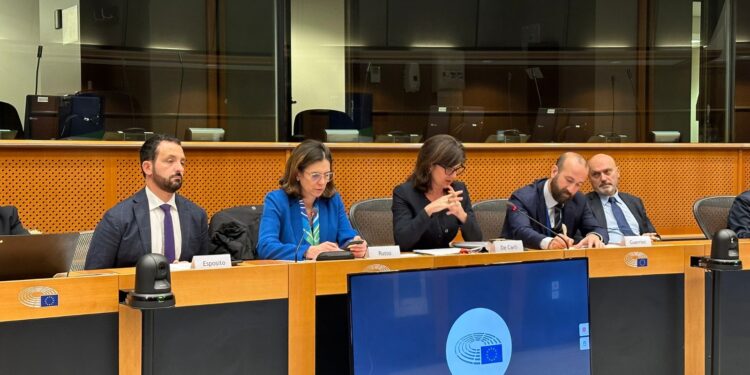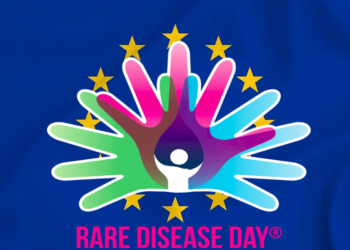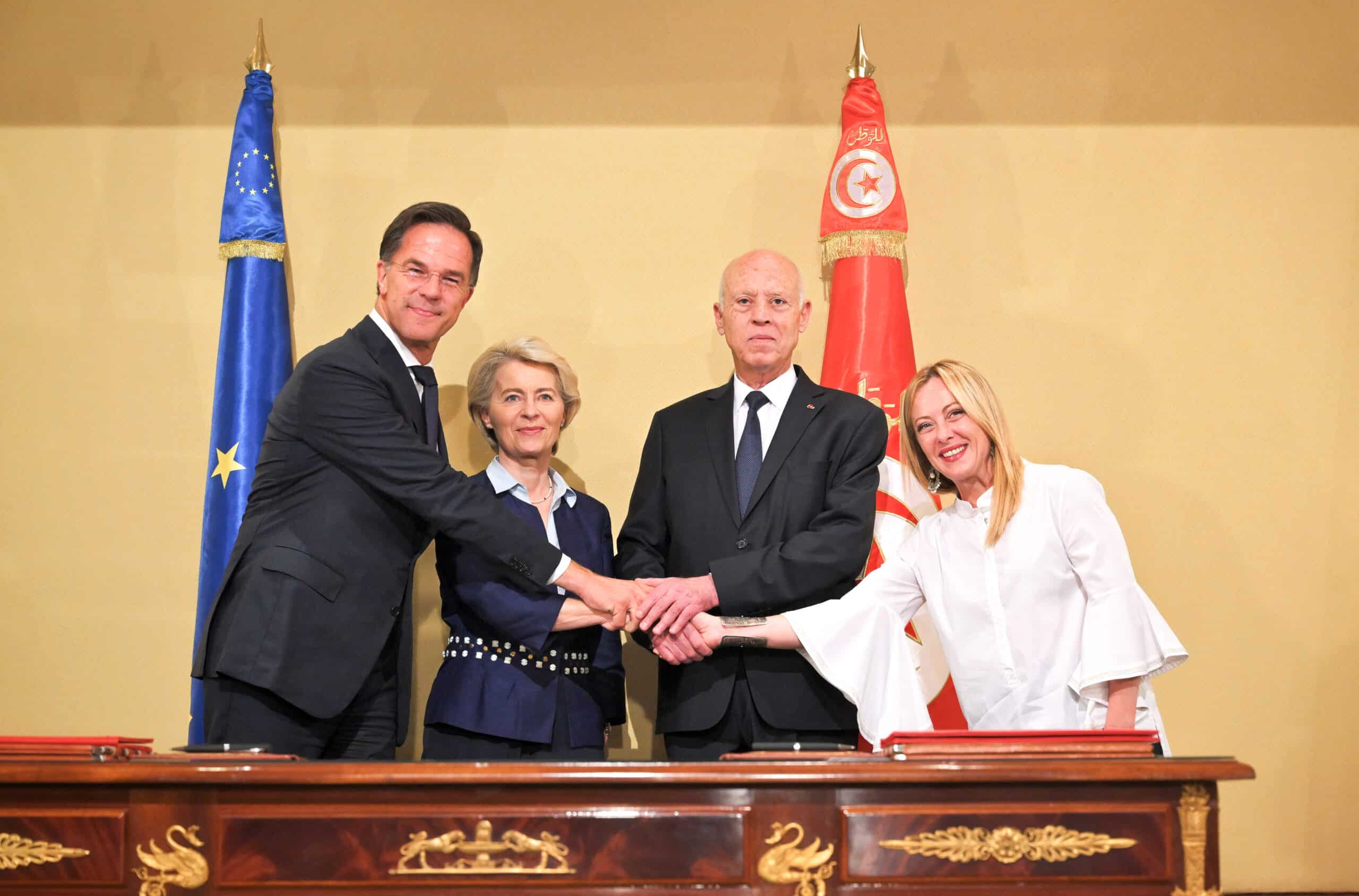Bruxelles – Strengthen synergies and coherence between instruments and programs, reduce internal EU disparities, introduce a 10 percent reserve fund, adopt a methodology for ex-ante and ex-post impact assessment, and improve the participation of innovative SMEs: These are some of the proposals of the Agency for the Promotion of European Research on Horizon Europe in the final report on the mid-term evaluation of the European program, prepared by the Group of Experts (GoE) established by APRE and publicly presented in recent days during the event “The Horizon program from the present to the future: European challenges, Italian priorities.”
“In terms of resources, 10 percent of Italian public investment in research and development comes from the framework program,” noted Alessandro Damiani, president of APRE. “For this reason, it is crucial to make sure that a similarity develops between the Italian and European R&I systems. Alignment is done through the framework program, making sure to lay the necessary groundwork for the next three years and the future, so that both Horizon Europe and FP10 are policy-relevant, impact-effective, and accessible, but still strongly attuned to the needs of the Italian R&I system.”
The report produced by APRE reflects on the experience gained in the first two years of Horizon’s operation and the main innovations compared to previous programs and offers insights into Italy’s positioning with respect to the future of the research and innovation program. The meeting was also an opportunity to explore the role of Horizon Europe and research in meeting recent global challenges and analyze the alignment of the Italian R&I system with the European one.
The paper expresses a shared appreciation of Horizon’s structure, approach, and implementation methods. In particular, increased emphasis is placed on the role of European research and innovation in addressing the great challenges of the ecological and digital transition and achieving the goals of the UN 2030 Agenda.
However, some aspects emerge that can be improved, both in view of the planning of the second part of Horizon Europe and with a view to the next framework program. In this regard, the report provides timely and concrete recommendations that will be useful in shaping the second part of Horizon Europe and FP10.
As emphasized by Patrizia Toia, vice chair of the European Parliament’s Industry Committee (ITRE), “the importance of Horizon Europe and R&I programs stems from a heightened critical awareness about the centrality of the function of research even at the level of European policies, especially as a result of emerging challenges posed by emergencies such as pandemics and goals set in the area of sustainability and the environment. These challenges can only be overcome by ensuring the centrality of research in European policies.”
During the presentation of the report, Andrea Ricci, chairman of the APRE Expert Group “Towards the Mid-Term of Horizon Europe”, explained to participants the structure and objectives of the document, focusing on the 12 priority proposals identified to address some of the critical issues in the current Framework Program. “Our work does not end here,” Ricci noted, “but there will still be reflection that can be useful to the Italian research and innovation community and also to European institutions. In 2024, the GoE will work to bring forward a reflection aimed at the future and FP10.”
The 12 proposals of the group of experts
1. Streamlining the European research landscape, simplifying its architecture, avoiding redundancies, and further promoting and strengthening synergies and coherence between instruments and programs (not only HE) to enhance the impact of European R&I on major priority policy objectives (green and digital transition, AI, health).
2. To contribute more fully to the reduction of disparities in R&I within the Union by setting the actions of the “Widening participation and spreading excellence” component on a regional rather than national basis, thus moving from the concept of “Widening countries” to “Widening regions.”
3. Make use of systematic foresight for priority identification through backcasting, also to further strengthen the coherence between EU strategic orientations and FP priorities; at the same time increase the involvement—in programming—of civil society in all its components.
4. Introduce in the subdivision of the FP budget a 10 percent reserve fund of the entire annual amount of the Program, to be dedicated to the funding of research and innovation priorities that emerged after the initial programming phase and that are related to sudden emergencies and crises (geopolitical, health, environmental), also to avoid inappropriate budget cuts in the various compartments.
5. Complement ERC and MSCA instruments in Pillar I by providing more opportunities for collaborative research on low TRLs (1-4) in Pillar II, including proposals based on bottom-up.
6. Adopt a methodology for ex-ante and ex-post impact assessment that allows—with metrics that reflect the specifics of the issues—to assess over the entire life cycle the economic, social, and environmental effects of projects and programs.
7. Explicit more clearly the founding principles of the Missions, with a single narrative that reaffirms its prevailing R&I dimension and ensures its function of guiding and connecting different European and national actions/instruments on the strategic objective of the Mission itself.
8. Ensure the forward-looking and strategic nature of the Partnerships, including ensuring their greater openness and inclusiveness through a stronger role for the Commission and a rationalization of their number.
9. Revise the design of EIC Work Programs to ensure adequate coverage of “all types of innovation”—in line with what is stipulated in the legislative texts—and reiterate EIC’s role as a driving force vis-à-vis private investors, to enhance its ability to intervene in situations of market failure.
10. Improve the composition of evaluation panels to ensure their specific skills and interdisciplinarity, and promote greater integration and collaboration between officials from the Directorates-General and Agencies in the selection of evaluators and ex-ante and ex-post evaluation of projects.
11. Generalize, taking into account the characteristics of programs, the lump sum funding method to promote a project culture focused on results (the Deliverables) and no longer predominantly on the process.
12. Enhancing the participation of innovative SMEs, strengthening accompanying and support measures dedicated to them, and facilitating their involvement in collaborative research and partnerships, with an explicit focus on industrial application and market innovations.
English version by the Translation Service of Withub


![Torino, piazza Castello [foto: Emanuele Bonini]](https://www.eunews.it/wp-content/uploads/2024/11/piazza-castello-350x250.jpeg)







![Una donna controlla le informazioni sul cibo specificate sulla confezione [foto: archivio]](https://www.eunews.it/wp-content/uploads/2014/12/Etichette-alimentari.jpg)

